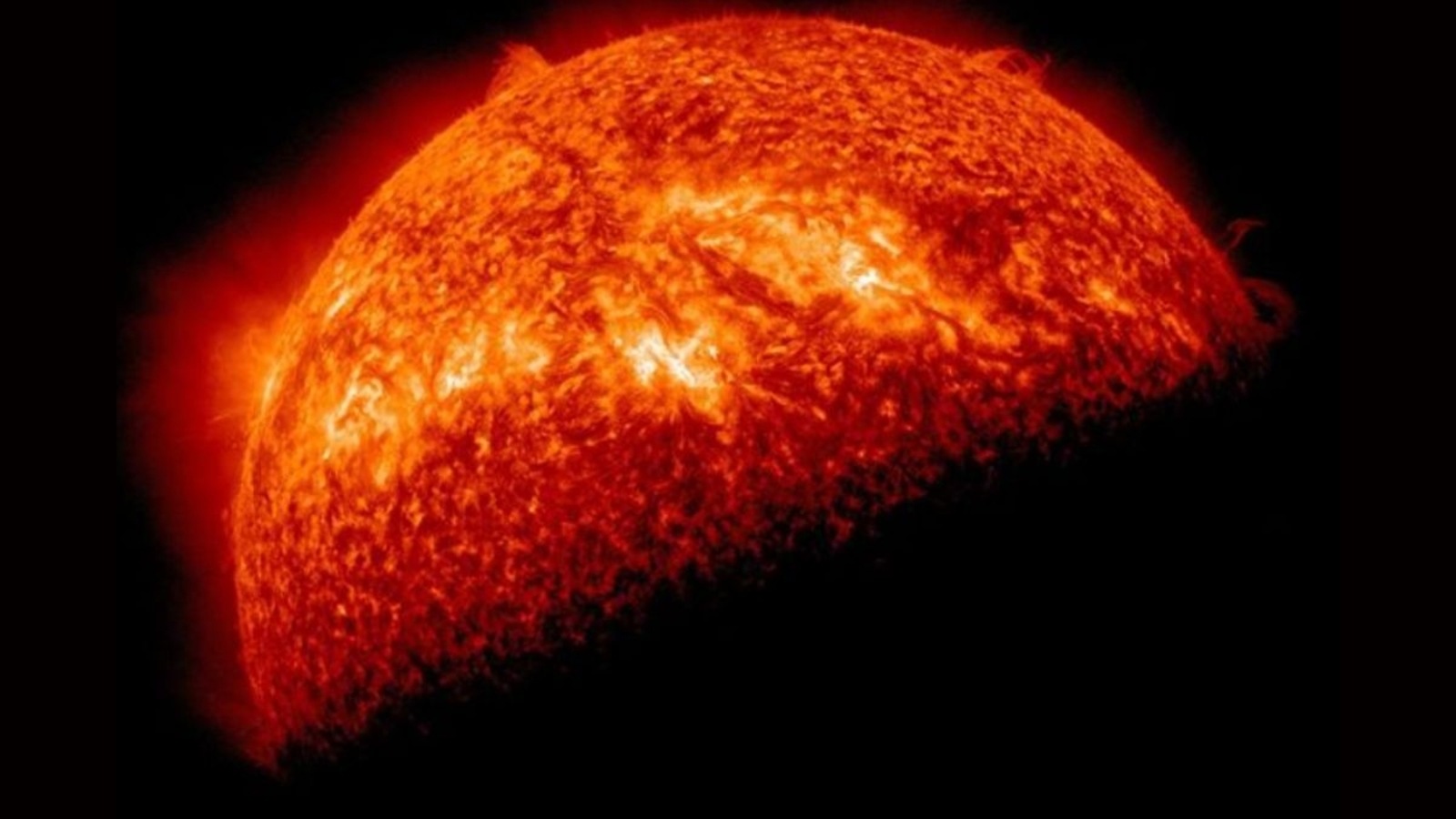NASA celebrates New Year, shares breathtaking image of Sun spewing a solar flare
NASA has shared an amazing image of a solar flare-emitting Sun.






 View all Images
View all ImagesAs we stepped into the New Year, NASA shared a breathtaking image of the Sun, calling it the “star of the show!” This is so because Earth has begun a new orbit around the Sun. “Happy New Year from the star of the show that makes all this possible, as we begin a new orbit around our Sun, 93 million miles (150 million km) from Earth,” NASA said along with a dynamic image of our Sun, which is over 4.5 billion years old. While sharing some raw facts, NASA says that the Sun is at the center of our solar system, which is 865000 miles wide and has a core with a maximum temperature of 27 million degrees Fahrenheit or 15 million degrees Celsius. Notably, it is the Sun which holds our solar system together.
A fleet of spacecraft, including the Solar Dynamic Observatory (SDO) which captured this fiery glimpse of the Sun, monitors it constantly. To keep an eye on the Sun, Solar Dynamic Observatory orbits Earth in a geosynchronous pattern, which means that it maintains a figure-eight path over the longitude of New Mexico. Due to its orbit, SDO is constantly in view of radio antennas on Earth. NASA says that “it also enters an eclipse season twice a year when the spacecraft slips behind Earth for up to 72 minutes a day, obscuring the Sun with Earth's shadow as seen here.”
The shared image of the Sun emitting solar flares, which are powerful bursts of energy thrown out into space. If it is directed towards the Earth, then it can even impact radio communications, electric power grids, navigation signals, and pose serious risks to spacecraft and astronauts. “Black space surrounds the Sun, which glows and swirls in red, orange, and spots of yellow and is shrouded by the shadow of Earth. Eruptions spot the edges of the star, sending material into space,” said NASA, describing the image.
Did you know?
The Sun's volume would need 1.3 million Earths to fill it! Its gravity holds the solar system together, keeping everything from the biggest planets to the smallest bits of debris in orbit around it. The hottest part of the Sun is its core, where temperatures top 27 million degrees Fahrenheit (15 million degrees Celsius). The Sun's activity, from its powerful eruptions to the steady stream of charged particles it sends out, influences the nature of space throughout the solar system.
Catch all the Latest Tech News, Mobile News, Laptop News, Gaming news, Wearables News , How To News, also keep up with us on Whatsapp channel,Twitter, Facebook, Google News, and Instagram. For our latest videos, subscribe to our YouTube channel.




























